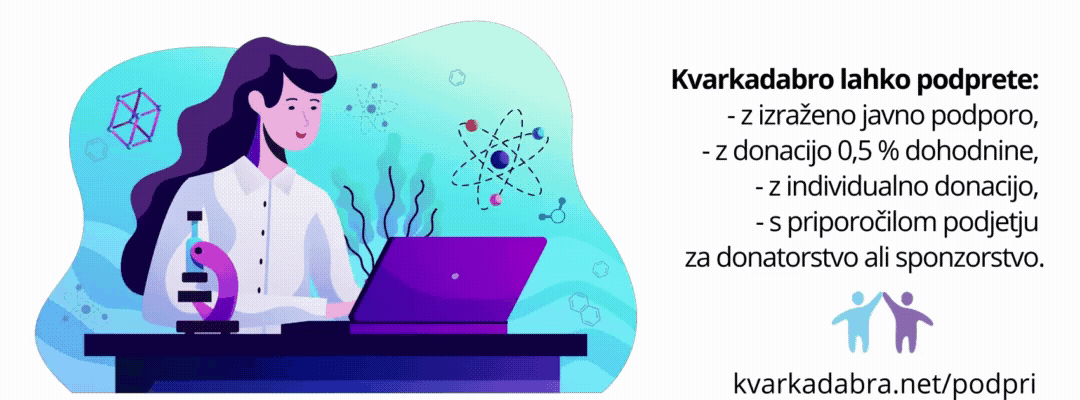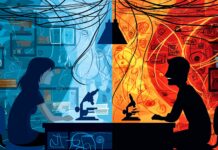Matematik Keith Devlin z univerze Stanford v intervjuju “5 Things You Need To Know About The Future Of Math” predstavi svoje videnje prihodnosti matematike in njenega poučevanja. Tule je nekaj odlomkov:
To most people, mathematics means applying standard techniques to solve well defined problems with unique right answers. They have good reason to think that. Until the end of the 19th Century, that’s exactly what it did mean! But with the rise of the modern science and technology era, the need for mathematics started to change. By and large, most people outside mathematics did not experience the change until the rapid growth of the digital age in the last twenty years. With cheap, ubiquitous computing devices that can do all of the procedural mathematics faster and more accurate than any human, no one who wants – or wants to keep – a good job can now ignore that shift from the old “application of known procedures” to new emphasis on creative problem solving. …
Learning mathematics had been that way for several thousand years. Math textbooks were essentially recipe books. Now all those math recipes have been coded into devices, some of which we carry round in our pockets. Suddenly, in a single generation, mastery of the procedural math skills that had ruled supreme for three thousand years has become largely irrelevant. Students don’t need to train themselves to do long computations, as was necessary when I was a child. No one calculates that way any more!
… the skill that is in great demand today, and will continue to grow, is the ability to take a novel problem, possibly not well-defined, and likely not having a single “right” answer, and make progress on it, in some cases (but not all!) “solving” it (whatever that turns out to mean). The problems we need mathermatics for today come in a messy, real-world context, and part of making progress is to figure out just what you need from that context. …
The traditional symbols of math were developed to do mathematics on a sheet of paper. Actually, they were originally developed to do it in the sand, on clay tablets, later on parchment, and then paper (and blackboards). But in all cases, it was a static representation of something fundamentally dynamic – namely a form of thinking! Tablet computers and video games provide interactive, dynamic representations, which means you can get closer to the thinking, and break through the Symbol Barrier.







